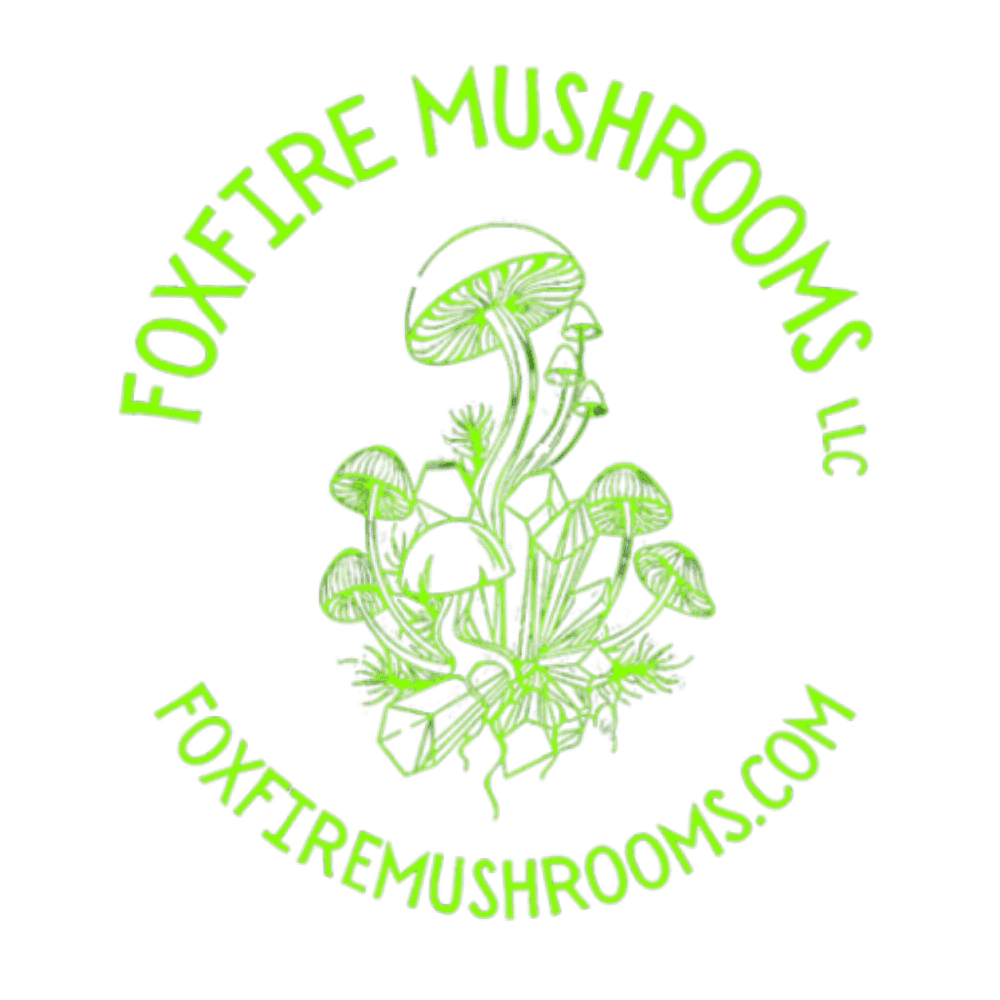Foxfire Mushrooms: The Luminous Wonders of the Forest
Foxfire, often referred to as fairy fire, is a mysterious luminescent glow produced by certain fungi in decaying wood. This enchanting phenomenon is primarily observed during the nighttime in the woods, with the glowing mushrooms casting an eerie blue-green light. But what exactly are these foxfire mushrooms? And why do they glow in the dark? Let’s delve into the captivating world of these luminescent fungi.
What are Foxfire Mushrooms?
Foxfire isn’t a single species of mushroom but is a term that describes the bioluminescent properties of several fungi. The most commonly associated genus with foxfire is Panellus. Among the most well-known species in this group is Panellus stipticus. However, other fungi, such as some members of the genera Omphalotus and Mycena, also exhibit bioluminescent properties.
These mushrooms are typically saprophytic, which means they feed on dead or decaying organic matter, often decomposing wood. This is where their glow is most frequently observed, lighting up the decaying logs and stumps they colonize.
The Science of the Glow: Bioluminescence
Bioluminescence is the ability of certain organisms to produce light through a chemical reaction. This phenomenon isn’t limited to fungi; it’s also observed in some species of jellyfish, fireflies, plankton, and even certain terrestrial and marine worms.
In the case of foxfire mushrooms, the luminescent glow is a result of a chemical reaction involving an enzyme called luciferase and a light-emitting molecule known as luciferin. When oxygen interacts with these two compounds in the presence of the enzyme, it produces a radiant glow. This process is highly efficient, with almost all the energy produced being emitted as light, with very little wasted as heat.
Why Do They Glow?
There are several theories as to why these fungi produce bioluminescence:
- Predator Deterrence: Just as some bioluminescent marine creatures use their light to ward off predators, it’s theorized that the foxfire mushrooms’ glow might deter herbivores from consuming them.
- Spore Dispersal: Another theory suggests that the light attracts insects. As these creatures move towards the light, they inadvertently help in the dispersion of the mushroom’s spores.
- Competitive Advantage: The light produced might give the fungi a competitive advantage by inhibiting the growth of other fungi or by attracting creatures that would eat rival fungi.
- Accidental Byproduct: Some scientists believe the glow might simply be an incidental byproduct of the mushroom’s metabolic processes.
The true reason, or combination of reasons, remains a subject of ongoing research and debate in the mycological community.
Cultural and Historical Significance
Foxfire has been a part of folklore and legends for centuries. Before the scientific understanding of the phenomenon, the glowing woods were often associated with supernatural entities or events. In various cultures, foxfire was linked to fairies, ghosts, or spirits.
Historically, foxfire’s practical applications have also been recorded. For instance, there are accounts that suggest early settlers in the U.S. used the glowing fungi to illuminate their pathways or even as a light source inside their homes.
Foxfire mushrooms, with their mesmerizing nocturnal glow, remind us of the myriad wonders the natural world holds. Beyond their beauty, these luminescent fungi present intriguing questions about evolution, ecological interactions, and the myriad strategies organisms adopt for survival. Whether you encounter them in tales of ancient folklore or on a nighttime hike, foxfire mushrooms undoubtedly leave an indelible impression.
